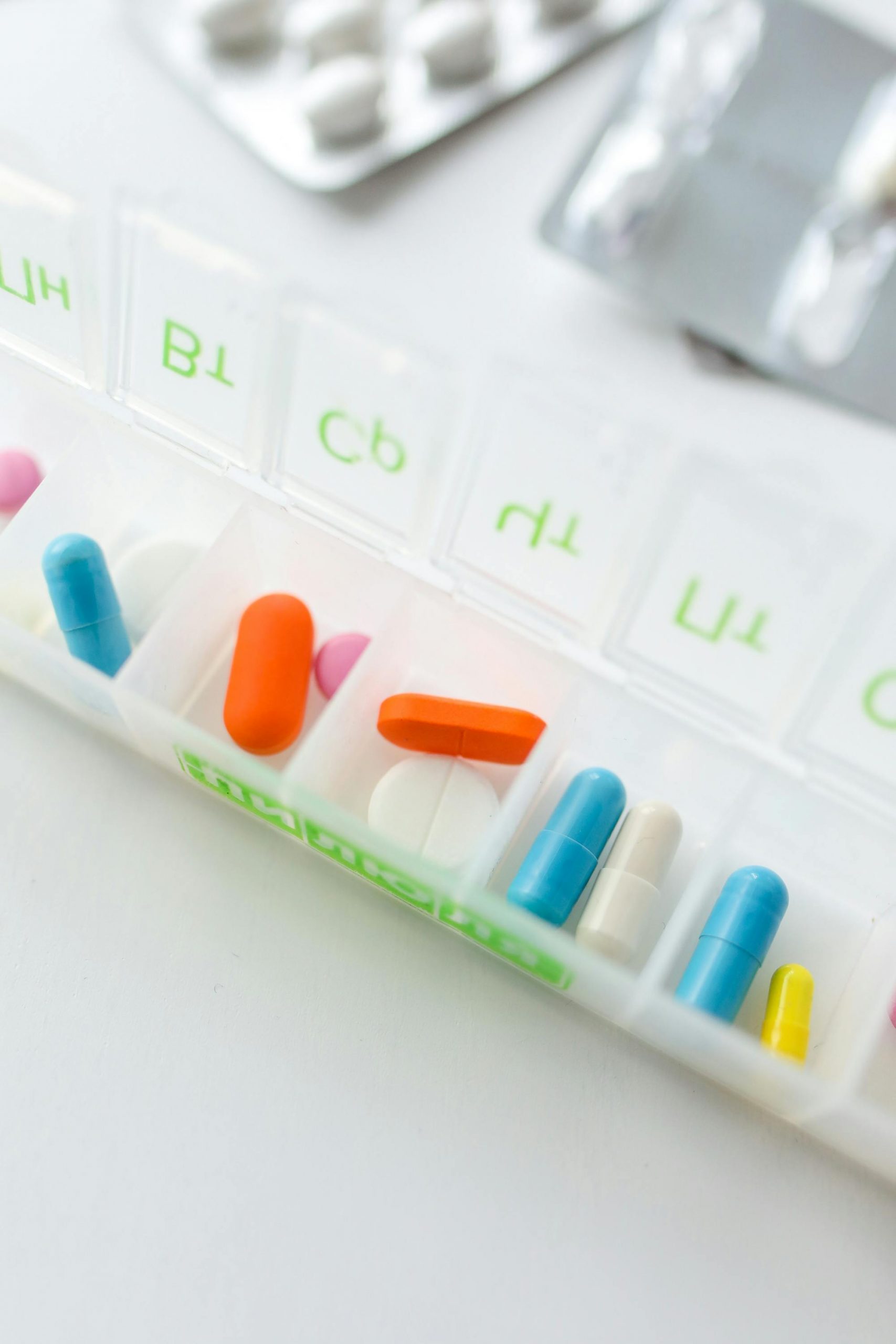Understanding the Early Onset of Diabetes in Asians: Insights and Solutions
Published on:March 24 2024
According to the International Diabetes Federation, over half of the global diabetes cases are reported in Asia, with the region also facing the highest mortality rates despite advancements in treatment. This alarming trend highlights the urgency to explore why Asians experience an earlier onset of diabetes and how innovative solutions, such as the BUZUD SAFE AQ UG Blood Glucose and Uric Acid Monitoring System, can play a crucial role in managing the condition.
Asians are at an elevated risk of developing diabetes, with a significant portion remaining undiagnosed, posing increased threats of severe complications. Singapore, a microcosm of Asia, is grappling with this issue, where one in three citizens faces a lifetime risk of diabetes by 2050, attributed to factors like an aging population and expanding waistlines.
Understanding why Asians are more susceptible to diabetes at younger ages and lower BMIs than other populations is crucial. The Asian Indian Prediabetes study conducted in Singapore revealed that individuals with a BMI in the overweight range already exhibited prediabetic blood glucose levels at just 26 years old. Similar findings suggest that Asians are diagnosed with diabetes at BMIs below the obesity threshold compared to other ethnic groups.
While rising obesity rates are often linked to diabetes, research indicates that there are distinctive biological responses among individuals. Asians tend to exhibit higher blood glucose and insulin responses, even in lean and young populations, indicating that metabolic dysfunction may precede diabetes development independently of obesity or advanced age.
Furthermore, variations among Asian ethnic groups highlight the importance of personalized approaches. Indians, in particular, exhibit lower insulin sensitivity and higher glycaemic responses, indicating potential early signs of metabolic dysfunction. Reduced beta-cell function, found to be more critical than insulin sensitivity in Asians, suggests a need for strategies targeting specific metabolic abnormalities.
Efforts to prevent or treat obesity are essential, but a more effective approach involves implementing strategies addressing the unique metabolic traits predisposing Asians to diabetes. Preserving beta-cell function, slowing decline, or compensating for inadequate responses may be key in preventing and controlling diabetes. Pharmaceutical companies are exploring this area, but emerging evidence supports the potential of diet and lifestyle strategies.
Considering the early onset of metabolic abnormalities in Asians, initiating targeted interventions in adulthood, and even during the preconception and prenatal period, becomes crucial. The Asian Indian Prediabetes study advocates for precision nutrition, emphasizing tailored diet and lifestyle strategies to prevent diabetes in Indians. These strategies can complement broader public health recommendations, enhancing access to healthy food options and healthcare for vulnerable individuals.
While Singapore actively addresses the “war on diabetes,” a sharper focus on implementing more targeted diet and lifestyle solutions, including innovative monitoring systems like BUZUD SAFE AQ UG, can significantly contribute to better management and prevention of diabetes in the Asian population.
Understanding the Early Onset of Diabetes in Asians: Insights and Solutions
Related articles:

Navigating the Terrain of Blood Sugar: Understanding Idiopathic Postprandial Syndrome
If you’ve ever felt shaky, nervous, or fatigued after a meal, you might have wondered...

Exploring H. pylori and Stomach Cancer Risk in Singapore
Stomach cancer, a significant health concern globally, has strong ties to a common bacterium called...

Understanding the Silent Enemy: How Chronic Stress Impacts Your Health
In the fast-paced world we live in, stress has become an inevitable part of our...



